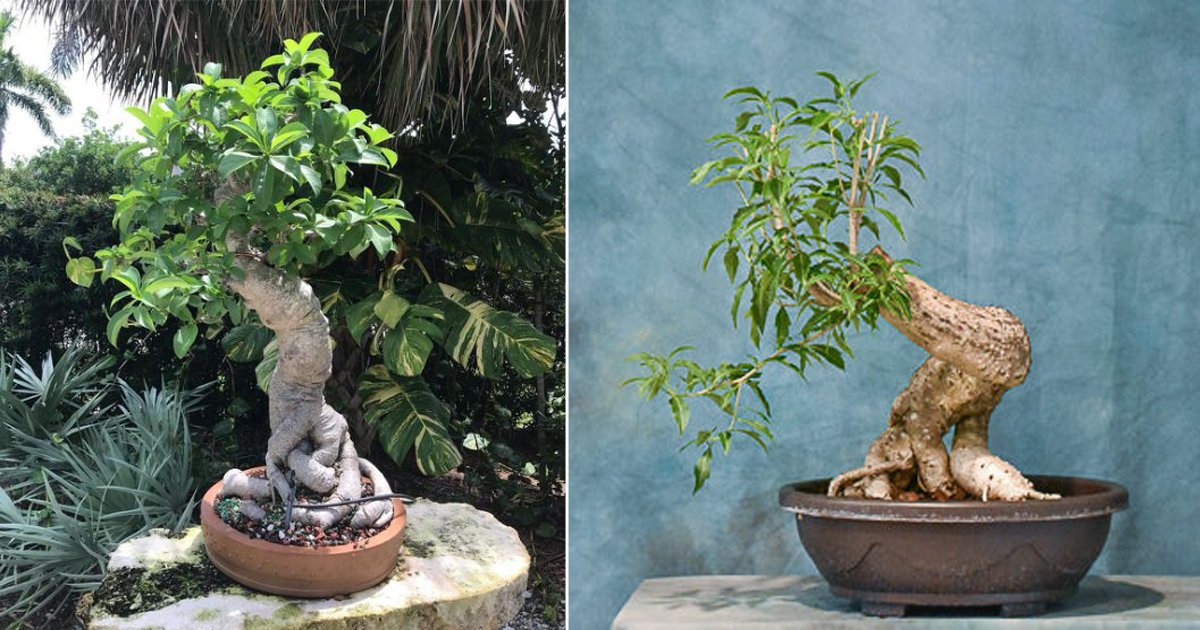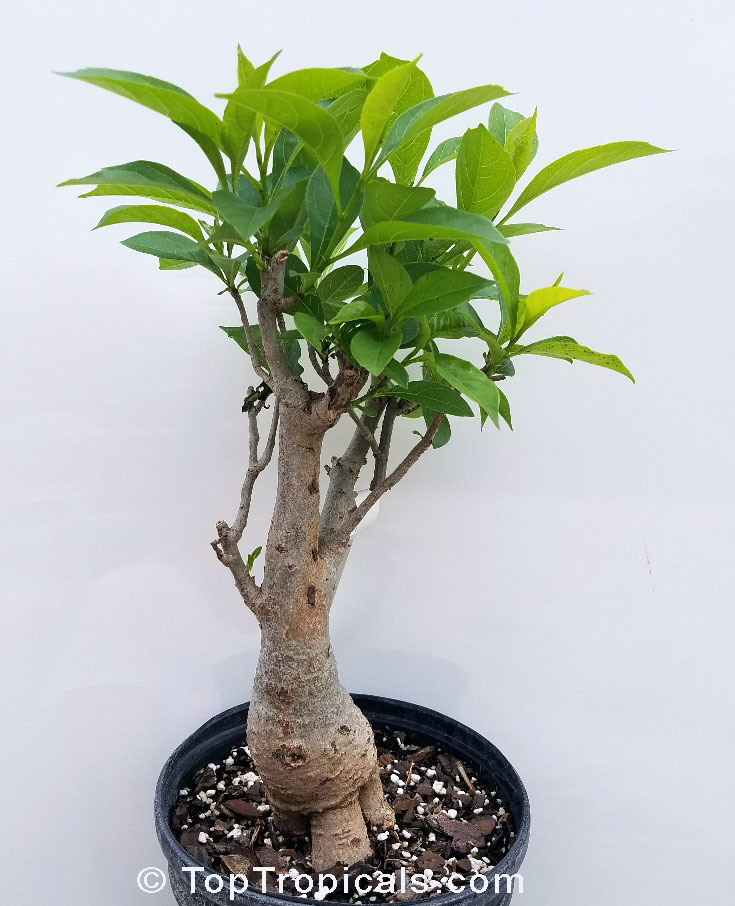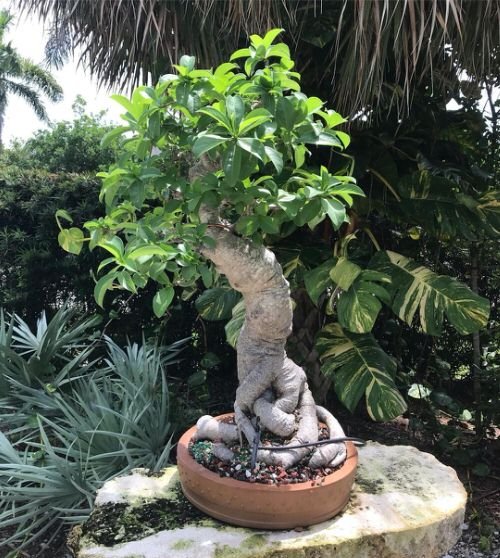Ready to take your green thumb to the next level? Look no further than the baobab bonsai tree. This unique and exotic plant is not only a stunning addition to any home, but it also provides a fun and exciting challenge for plant enthusiasts.
From its blooming resilient blooms to its origins in Australia and South Africa, caring for a baobab bonsai tree is a journey like no other. Get ready to dig into the world of bonsai soil, baobab fruit, and the art of creating a miniature bonsai garden.
Whether you’re a seasoned plant parent or just starting out, this article will guide you through the ins and outs of nurturing your very own baobab bonsai tree. So, grab your gardening gloves and get ready to embark on a botanical adventure!
Caring for a Baobab Bonsai Tree
Congratulations on acquiring a baobab bonsai tree!
These magnificent trees, native to Africa and known for their iconic and distinctive shape, can bring a touch of exotic beauty to any home or garden. However, caring for a baobab bonsai requires some specific knowledge and attention. In this comprehensive guide, we will walk you through all the essential aspects of baobab bonsai care, from choosing the right location to seasonal care and everything in between.
Choosing the Right Location
Provide Adequate Sunlight
First and foremost, baobab bonsai trees thrive in bright sunlight. So, find a location in your home or garden where your tree will receive ample direct sunlight throughout the day. Baobab bonsais are like divas when it comes to sunshine, and they just can’t get enough of it!
Avoid Extreme Temperature Fluctuations
Baobab bonsais aren’t fond of extreme temperature fluctuations. While they can tolerate some variation, it’s best to keep them in an environment with stable temperatures. Consider placing your baobab bonsai away from air vents or drafty windows to prevent sudden changes in temperature. After all, nobody likes feeling like they’re on a roller coaster ride of hot and cold!
Ensure Proper Air Circulation
Baobab bonsais appreciate a breath of fresh air, just like we do. To keep them happy and healthy, make sure they have access to proper air circulation. A stuffy environment can lead to a whole host of problems, so avoid placing your baobab bonsai in a cramped corner or a poorly ventilated room. Let the air flow, and your bonsai will thank you!
Watering the Baobab Bonsai Tree
Watering Frequency
When it comes to watering your baobab bonsai tree, the key is to find the right balance. Too much water can drown your tree, while too little can leave it thirsty. As a general rule, water your bonsai thoroughly when the top inch of the soil feels dry. But remember, overwatering is the number one enemy of baobab bonsai trees, so always err on the side of caution.
Proper Watering Technique
When watering your baobab bonsai, aim to water the soil directly and avoid wetting the leaves excessively. A gentle and thorough watering, allowing the excess water to drain away, is the way to go. Think of it like giving your bonsai a spa day – a little pampering goes a long way!

Fertilizing the Baobab Bonsai Tree
Choosing the Right Fertilizer
To keep your baobab bonsai tree happy and nourished, choose a balanced, slow-release fertilizer specifically formulated for bonsai plants. This will provide the essential nutrients your tree needs without overwhelming it. After all, nobody wants a bonsai tree on a sugar rush!
Fertilizing Schedule
When it comes to fertilizing your baobab bonsai, moderation is key. Follow the instructions on the fertilizer package and adjust the frequency according to the needs of your tree. Remember, too much of a good thing can be detrimental, so find the right balance between nourishment and restraint.
Pruning and Shaping the Baobab Bonsai Tree
Pruning Techniques
Pruning plays a crucial role in maintaining the shape and health of your baobab bonsai tree. Regular pruning helps control the growth, remove dead or diseased branches, and maintain its overall aesthetic appeal. When pruning, use sharp and clean tools to make precise cuts, and always prune with a smile – after all, it’s like giving your bonsai a stylish haircut!
Shaping the Bonsai Tree
Shaping a baobab bonsai tree is an art form in itself. To create the desired shape, you can use wire to gently guide the branches. However, remember to check the wire regularly and remove it promptly to prevent it from cutting into the bark. It’s like giving your bonsai a fashion makeover – just be gentle and mindful of its comfort!

Repotting the Baobab Bonsai Tree
Choosing the Right Bonsai Soil
When it’s time to repot your baobab bonsai tree, choosing the right soil is crucial. Opt for a well-draining bonsai soil mix that retains enough moisture while allowing excess water to escape. This will provide a healthy environment for the roots to thrive and prevent waterlogging. Think of it like finding the perfect living situation for your bonsai – comfortable, breathable, and with great neighbors!
Repotting Frequency
Baobab bonsais typically need to be repotted every two to three years to refresh the soil and promote healthy growth. However, monitor the root system and repot when necessary. Keep in mind that repotting can be stressful for your tree, so handle it with care and give it some extra TLC during this transition period.
Repotting Technique
When repotting your baobab bonsai, gently remove it from the old pot, and carefully untangle any tangled roots. Trim any damaged or excessive roots, leaving only healthy ones. Place the tree in the new pot and fill it with fresh soil, ensuring that the roots are well-covered but not excessively buried. It’s like giving your bonsai a fresh start – a whole new pot for a whole new chapter!
Pest and Disease Control
Identifying Common Pests
While baobab bonsai trees are relatively resistant to pests and diseases, they can still fall victim to the occasional creepy crawlers. Keep an eye out for common pests such as aphids, mites, and scale insects. If you spot any unwanted guests, take immediate action to prevent an infestation. Remember, nobody wants an uninvited party in their bonsai garden!
Preventing and Treating Infestations
To prevent pests from wreaking havoc on your baobab bonsai, maintain good hygiene by regularly cleaning the leaves and branches, inspecting the tree for any signs of infestation, and taking prompt action at the first sight of trouble. If an infestation does occur, choose appropriate organic or chemical treatments recommended for bonsai trees. After all, even miniature trees need protection from miniature nuisances!

Managing Humidity Levels
Creating a Humid Environment
Baobab bonsais appreciate a slightly humid environment, replicating their native habitat. You can increase humidity by placing a tray filled with water near your bonsai or using a humidifier. Just be careful not to overdo it, as excess humidity can lead to fungal issues. Think of it like a mini-spa for your bonsai – a little misting goes a long way!
Monitoring Humidity
To ensure your baobab bonsai is getting the right amount of humidity, invest in a hygrometer to measure moisture levels around your tree. Check it regularly and adjust your humidity tactics accordingly. Remember, it’s not just about the perfect hairstyle – the perfect atmosphere matters too!
Providing Nutritional Supplements
Boosting Nutrient Intake
While baobab bonsais receive nutrients from the soil and fertilizer, providing them with additional supplements can give them an extra boost. Consider using organic liquid fertilizers or nutrient-rich additives to enhance their growth and vitality. It’s like giving your bonsai a vitamin boost – a little extra nourishment for that extra oomph!
Using Organic Supplements
When it comes to choosing supplements for your baobab bonsai, opt for organic options whenever possible. Organic supplements are gentle on the tree and promote long-term health without harmful chemicals. After all, nobody wants a bonsai tree on a crash diet!

Protecting from Harsh Environmental Conditions
Protecting from Frost
Baobab bonsai trees are sensitive to frost and extremely low temperatures. If you live in a region with cold winters, bring your bonsai indoors or provide proper insulation to shield it from freezing temperatures. After all, nobody likes being caught in a cold snap without a cozy coat!
Shielding from Strong Winds
Strong winds can have a detrimental effect on the delicate branches of your baobab bonsai. To protect your tree, place it in a sheltered location or create a windbreak using other plants or a physical barrier. Think of it like giving your bonsai its own personal bodyguard – a little extra protection against the elements!
Seasonal Care for Baobab Bonsai Trees
Winter Care
During the winter months, baobab bonsais enter a dormant phase. Reduce watering and fertilizer application during this time to mimic their natural habitat. Also, monitor the temperature and humidity levels to ensure they remain within the optimal range. After all, even bonsais need a little winter hibernation!
Summer Care
In the summer, baobab bonsais enjoy the sunshine and warmth. Increase watering to accommodate their increased growth and monitor the soil to prevent it from drying out completely. Also, consider placing your bonsai outdoors to soak up the summer vibes. It’s like taking your bonsai on a tropical vacation – a summer getaway for you and your tree!
By following these comprehensive care guidelines, you’ll be well on your way to becoming a baobab bonsai tree whisperer. Remember, caring for bonsais is a journey, and each tree has its own quirks and preferences. Enjoy the process, learn from your experiences, and watch your baobab bonsai thrive under your loving care. Happy bonsai-ing!



